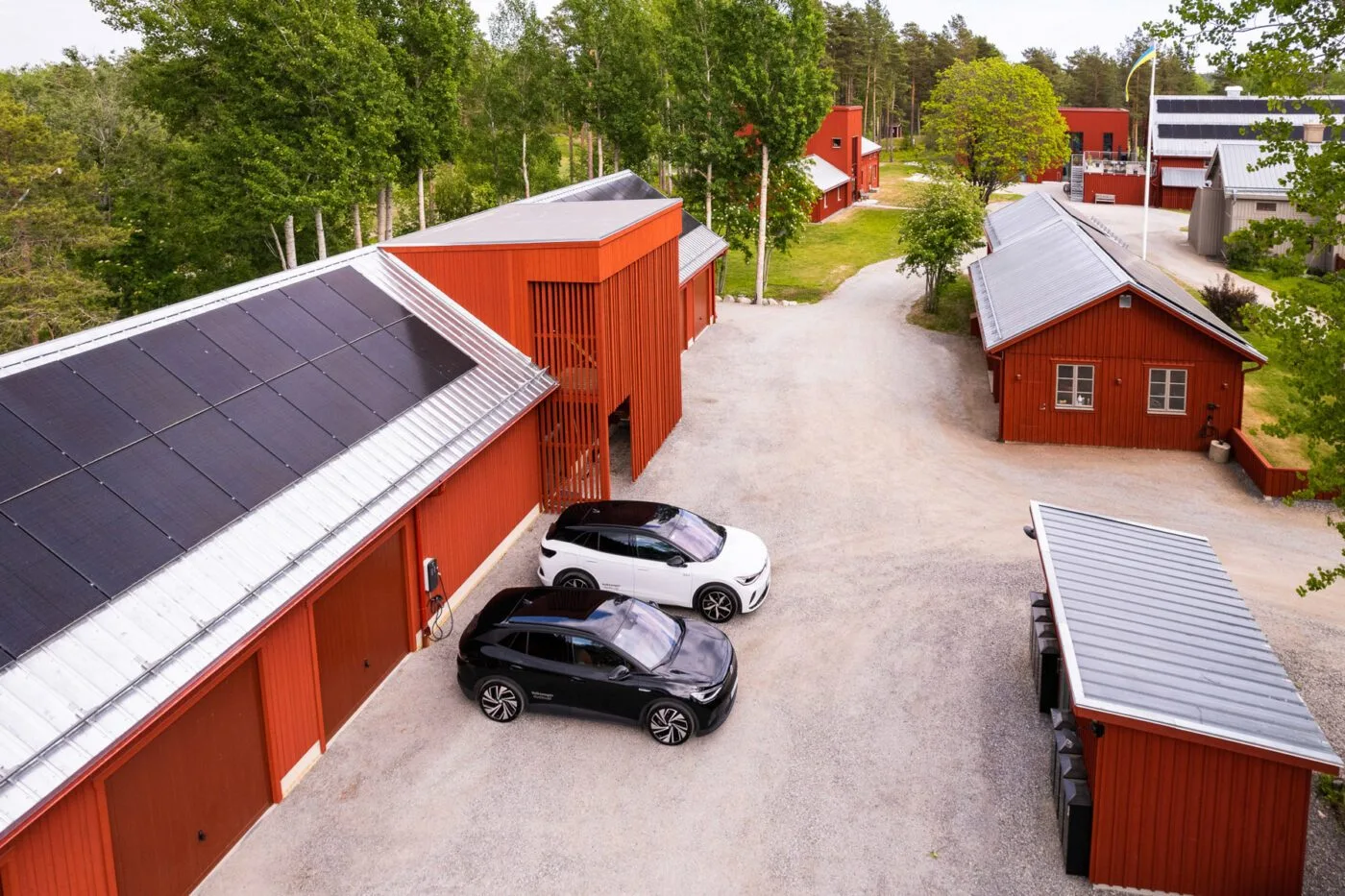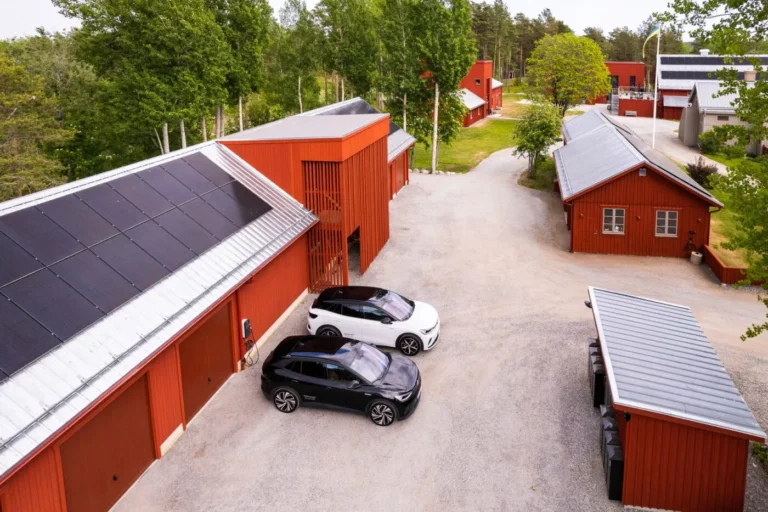Volkswagen’s V2G project, in collaboration with partners, is moving to its next phase in Hudiksvall, Sweden, with the installation of 200 electric cars and 200 bidirectional chargers at pilot customer locations, including private households and VW dealerships. The project, which began in 2023, has been testing V2G technology using Volkswagen’s ID. models with 77 kWh batteries or larger.
Key Developments
The project’s next phase will focus on functionality, customer experience, savings, and potential revenues with 200 companies and private customers in Sweden. Manfred Przybilla, CEO of Ambibox, stated on LinkedIn that after over a year of testing, the partners have decided to expand the service beyond the “protected environment of the test facility” and make it available to customers.
V2G Technology Benefits
V2G and V2H technology allows electric vehicle drivers to charge their vehicles during low grid demand and feed energy back into the grid during power outages or high demand periods. This technology helps alleviate the strain on the grid and supports the integration of renewable energy sources. The project partners, including Vattenfall and Energybank, have developed a software platform optimized for V2G with Home Energy Management Systems (HEMS).

Commercial Launch Plans
The commercial launch is planned for later this year, with orders already being accepted for autumn delivery. The technology is being developed to scale up for general use as automotive companies and charging providers create customer-facing products. Similar V2G initiatives are being implemented in other regions, such as the Netherlands, where WeDriveSolar is using the technology in car-sharing programs.
As the energy transition continues to drive forward, bidirectional charging is finding its place in energy storage and management systems. The successful implementation of V2G technology could play a significant role in supporting the widespread adoption of electric vehicles and renewable energy sources.



